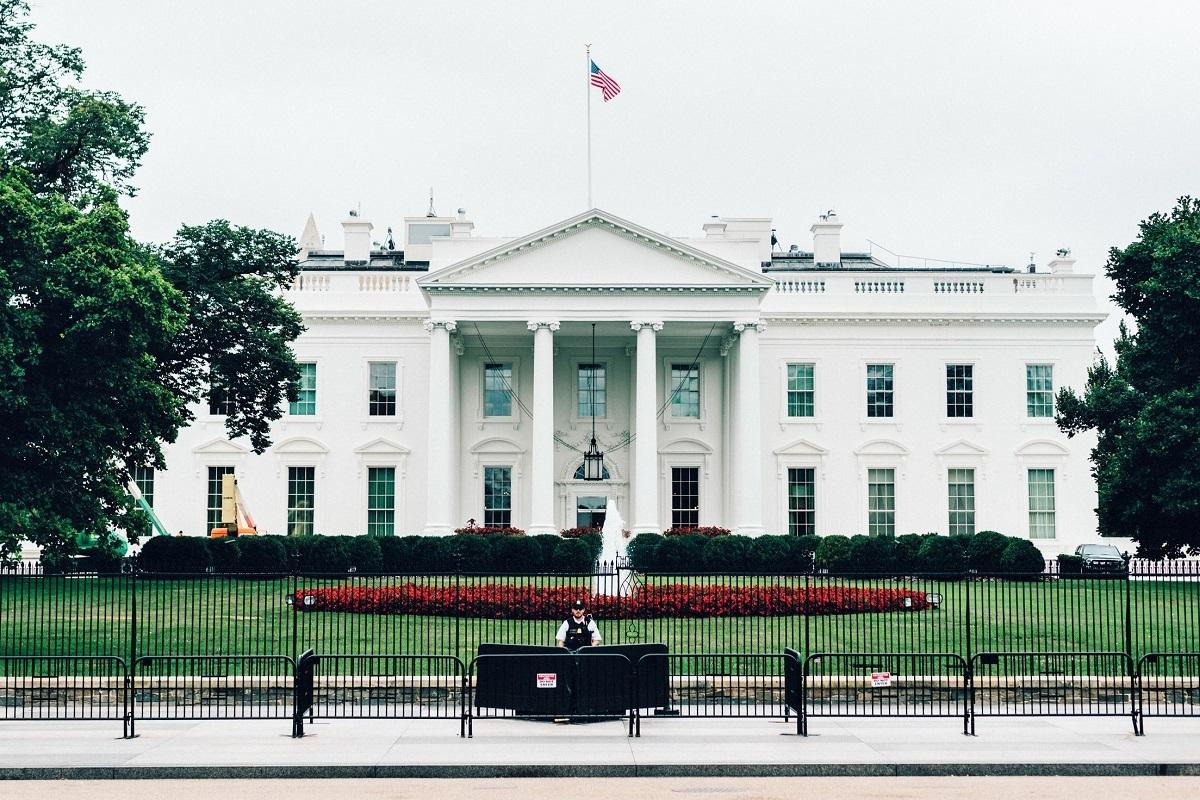Imagine you arrives. Not just to a building, but to a vast, silent echo of countless journeys. You push open the heavy glass doors and the world outside, with its honking taxis and hurried footsteps, instantly fades. Here, the air itself feels different – hushed, almost reverent, carrying a faint, clean scent of old paper and polished wood. Your own footsteps, usually so quick and purposeful, slow down, muffled by the sheer space. You hear the distant murmur of other visitors, a soft hum that reminds you this isn’t just a static collection, but a living narrative. You walk into the grand hall, and you don't just see the exhibits; you *feel* the immense scale of human connection, the invisible threads that have bound us together across continents and centuries, all thanks to a simple letter.
As you wander deeper, you might pause by an old mail truck, its painted metal cool under your fingertips, almost vibrating with the memory of bumpy roads and urgent deliveries. Or perhaps you’ll find yourself gazing at a delicate stamp, so tiny yet holding stories of empires, wars, and discoveries. It’s not just about what you see; it’s about what you sense. You can almost hear the rustle of a postman’s uniform, the clatter of sorting machines, the eager rip of an envelope being opened. Each display, from the earliest horseback riders to the intricate airmail routes, isn't just an object behind glass; it’s a tangible piece of a universal human desire to connect, to send a piece of ourselves across the miles. You feel the weight of that history, the quiet power of a system that, for so long, was the very heartbeat of global communication.
Ready to explore this incredible place? Here are some friendly tips to make your visit smooth and enjoyable:
* Best time of day: Aim for opening time (usually 10 AM). The first hour or so is generally the quietest, allowing you to explore the vast halls with fewer distractions.
* When to avoid crowds: Weekends and school holidays are the busiest. If possible, visit on a weekday, especially Tuesday, Wednesday, or Thursday.
* How long to spend: Plan for 1.5 to 2.5 hours. This allows ample time to see the main exhibits without rushing.
* What to skip: If your time is limited and you're not a dedicated philatelist, you can quickly browse the more extensive, highly detailed stamp collections. Focus instead on the engaging historical and technological exhibits, which are universally fascinating.
* Useful local tips:
* Location: The museum is literally right next to Union Station, making it incredibly easy to access via Metro, Amtrak, or regional trains. You can walk directly from the station.
* Cafés: There's a small café inside for quick snacks and coffee. For more substantial options, Union Station has a large food court and several restaurants just a 2-minute walk away.
* Toilets: Restrooms are clean, well-maintained, and easily accessible on multiple floors.
* Security: Standard museum security check upon entry, usually quick and efficient.
À bientôt sur la route,
Clara en chemin







